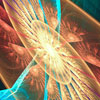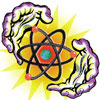Fuels or Fools?
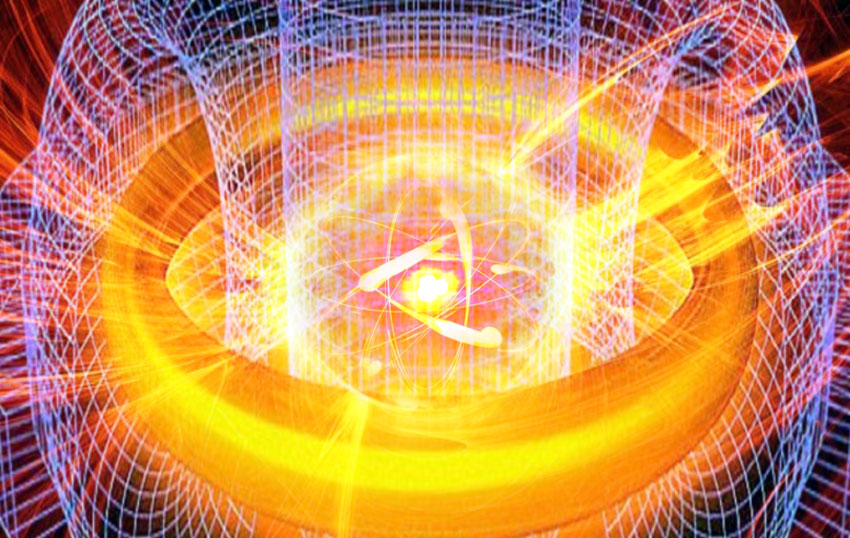 There can be no doubt in the mind of any person but that we have entered well into a new scientific age; for
There can be no doubt in the mind of any person but that we have entered well into a new scientific age; for  everywhere about us, are the many manifestations of this technocracy. Cities and the highways which link these cities contain vast evidence of this new age of science and the very skies are now used as highroads for various devices of communications brought about by this science. Yes, even the small children play about in space suits and helmets, riding rockets through imaginary skies to distant planets.
everywhere about us, are the many manifestations of this technocracy. Cities and the highways which link these cities contain vast evidence of this new age of science and the very skies are now used as highroads for various devices of communications brought about by this science. Yes, even the small children play about in space suits and helmets, riding rockets through imaginary skies to distant planets.
Several of these much talked about scientific achievements or 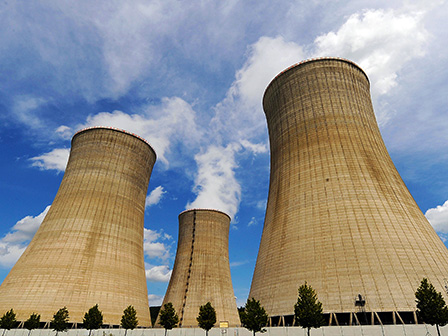 projects are however, still dreams which have yet to be fulfilled. Heading the list of these dreams is atomic power; for despite various developments in nuclear weapons, power plants, and atomically powered submarines, man is still far from his goal in achieving an abundance of cheap atomic power. For the present and future generations comes the idea of the vast and staggering proportions of this need and which can be gathered from some currently available statistics.
projects are however, still dreams which have yet to be fulfilled. Heading the list of these dreams is atomic power; for despite various developments in nuclear weapons, power plants, and atomically powered submarines, man is still far from his goal in achieving an abundance of cheap atomic power. For the present and future generations comes the idea of the vast and staggering proportions of this need and which can be gathered from some currently available statistics.
During the past sixty years, utility companies in the United States have been forced to double their kilowatt power  output power once every eight years. The chief source of electric and various other thermal power sources, comes from fossil fuels, coal or petroleum products, and according to the present rise in population the sources of fossil fuels will be exhausted in less than 100 years, should these population increases continue at their present rate. This has caused a vastly accelerated search for some available source of cheap power which can fully and adequately meet the demands of the rising population.
output power once every eight years. The chief source of electric and various other thermal power sources, comes from fossil fuels, coal or petroleum products, and according to the present rise in population the sources of fossil fuels will be exhausted in less than 100 years, should these population increases continue at their present rate. This has caused a vastly accelerated search for some available source of cheap power which can fully and adequately meet the demands of the rising population.
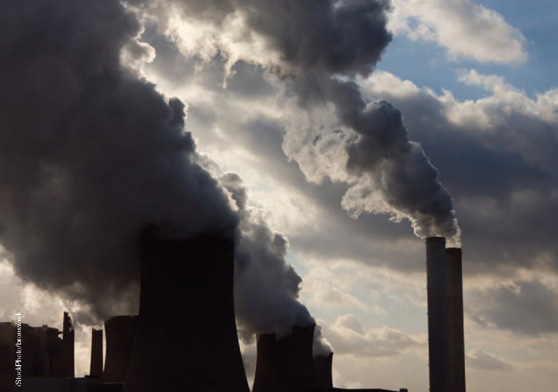 It must also be remembered that in the case of fossil fuel consumption, there is also a great concern over the problem of air pollution from various chemical deposits blown into the atmosphere by the use of fossil fuel. This has practically mandated strict curtailment of the use of this type of fuel in certain heavily populated areas which are at the present wrestling with this air pollution-smog problem. This condition mandates that future expansion of power facilities will have to take place in the direction which can produce cheap electrical power without burning the fossil fuel to acquire it.
It must also be remembered that in the case of fossil fuel consumption, there is also a great concern over the problem of air pollution from various chemical deposits blown into the atmosphere by the use of fossil fuel. This has practically mandated strict curtailment of the use of this type of fuel in certain heavily populated areas which are at the present wrestling with this air pollution-smog problem. This condition mandates that future expansion of power facilities will have to take place in the direction which can produce cheap electrical power without burning the fossil fuel to acquire it.
At first, to the layman, atomic power seems a very feasible solution for a cheap and abundant source of electrical power produced from various nuclear reactors or furnaces; however, the problems here too, are very great and for the present, represent certain unsurmountable objections. First, we must understand how atomic power can be produced. At the present time there are two known ways of producing atomic power. These are nuclear fission and nuclear fusion, and in principle are directly opposite to each other.
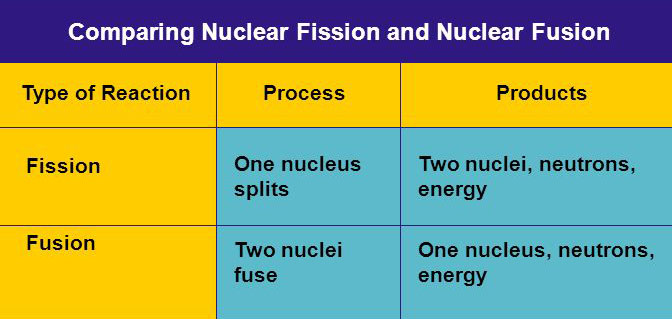
Nuclear fission means that power is released when a certain unstable isotope atom, such as U-235 is torn or blown 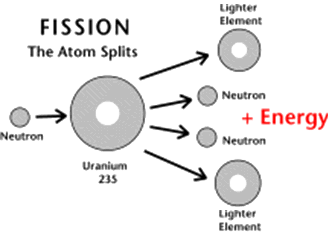 apart releasing a certain quanta of energy in the form of heat. Such nuclear fission produces temperatures of 100 million degrees centigrade.
apart releasing a certain quanta of energy in the form of heat. Such nuclear fission produces temperatures of 100 million degrees centigrade.
The other type of nuclear reaction is nuclear fusion, which means that 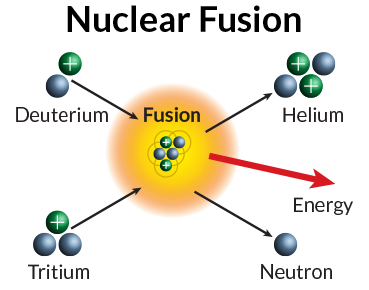 two atoms such as the unstable atom isotope, called heavy water, fuses with another similar atom. The two atoms literally implode together. This fusion process has been dramatically demonstrated in the explosion of the hydrogen bomb, with temperatures running into at least 500 million degrees centigrade. This type of nuclear reaction has been going on in the sun and various stars for billions of years, or at least the present-day scientist believes this is what is taking place.
two atoms such as the unstable atom isotope, called heavy water, fuses with another similar atom. The two atoms literally implode together. This fusion process has been dramatically demonstrated in the explosion of the hydrogen bomb, with temperatures running into at least 500 million degrees centigrade. This type of nuclear reaction has been going on in the sun and various stars for billions of years, or at least the present-day scientist believes this is what is taking place.
The implosion of hydrogen atoms, one into the other, creates a new atom called helium. The outside or surface of this process has been carefully observed and watched by the physicist using our nearby star-sun as the basic point 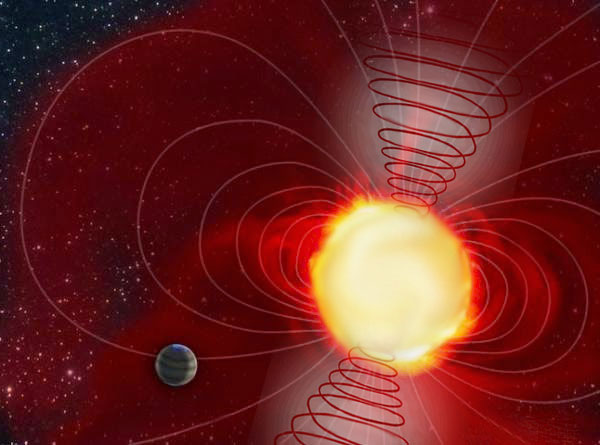 of his inspection. In various texts of UN.AR.I.U.S. a more accurate picture of this nuclear process is described; the various atoms being formed under tremendous electromagnetic stresses and processes from the interior of a great fourth dimensional vortex. The truth of these facts has already been partially verified by the existing knowledge that our present-day scientist has at his disposal; and from the nuclear process he has observed occurring in the chromosphere of the sun, he has succeeded in creating a hydrogen bomb. However, to make a hydrogen bomb explode, he must trigger it by using an atom bomb, just as the powder in a rifle cartridge burns when it is triggered by a small explosion caused by the firing pin when it strikes a small quantity of mercury fulminate imbedded on the inside of the cap.
of his inspection. In various texts of UN.AR.I.U.S. a more accurate picture of this nuclear process is described; the various atoms being formed under tremendous electromagnetic stresses and processes from the interior of a great fourth dimensional vortex. The truth of these facts has already been partially verified by the existing knowledge that our present-day scientist has at his disposal; and from the nuclear process he has observed occurring in the chromosphere of the sun, he has succeeded in creating a hydrogen bomb. However, to make a hydrogen bomb explode, he must trigger it by using an atom bomb, just as the powder in a rifle cartridge burns when it is triggered by a small explosion caused by the firing pin when it strikes a small quantity of mercury fulminate imbedded on the inside of the cap.
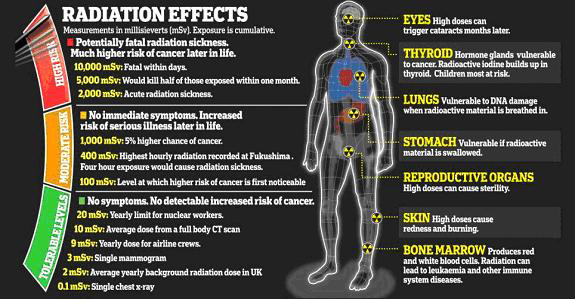 Now, the problems with atomic power are specifically this: In the case of nuclear fission there is always a precipitation of radioactive wastes. Some of these are in the form of solids, others are gaseous. The future power needs of the world a hundred years from now, are estimated to be equivalent to all the power which could be generated by 20,000 million atom bombs per year, of the highest strength yet produced. The use of that much atomic fission would render the earth completely radioactive in a few months time and all forms of life would vanish because of the vast amounts of radioactive waste produced by this tremendous atomic fission.
Now, the problems with atomic power are specifically this: In the case of nuclear fission there is always a precipitation of radioactive wastes. Some of these are in the form of solids, others are gaseous. The future power needs of the world a hundred years from now, are estimated to be equivalent to all the power which could be generated by 20,000 million atom bombs per year, of the highest strength yet produced. The use of that much atomic fission would render the earth completely radioactive in a few months time and all forms of life would vanish because of the vast amounts of radioactive waste produced by this tremendous atomic fission.
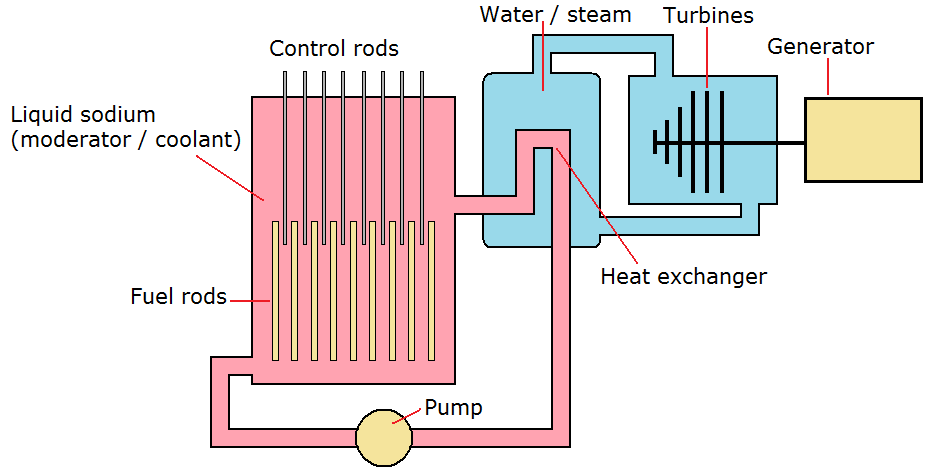 Even our present needs, if they were fully met by such fissionable atomic power, would soon render the earth unfit for human habitation. Moreover, the question of producing such power is very tricky. It is simply an accumulation of a certain amount of U-235, which is placed in a furnace surrounded by liquid; then this material is triggered into a nuclear reaction. This reaction is controlled by inserting or withdrawing bars of cadmium. However, U-235 is notoriously unstable. It may be either triggered or else it may suddenly go wild and
Even our present needs, if they were fully met by such fissionable atomic power, would soon render the earth unfit for human habitation. Moreover, the question of producing such power is very tricky. It is simply an accumulation of a certain amount of U-235, which is placed in a furnace surrounded by liquid; then this material is triggered into a nuclear reaction. This reaction is controlled by inserting or withdrawing bars of cadmium. However, U-235 is notoriously unstable. It may be either triggered or else it may suddenly go wild and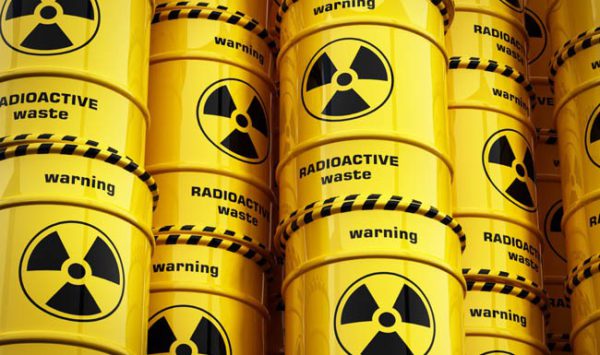 blow a fifty foot crater where the power plant once stood. Even if things go well, the radioactive ash must be taken care of; this is also very tricky business.
blow a fifty foot crater where the power plant once stood. Even if things go well, the radioactive ash must be taken care of; this is also very tricky business.
At the present time, this disposal problem is quite acute even with a comparatively small amount of experimentation and usage which is engaged in, in present-day experimental needs. Some of this waste is placed in weighted cans and hauled by ships out to sea, and dumped. However, this waste remains radioactive for over sixty years. During that time the cans can rust away, or be exploded by the generation of gas inside the can.
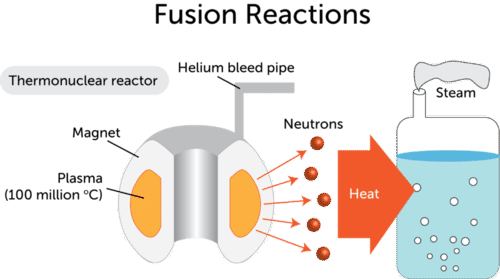 The problem of producing power from nuclear fusion seems much more practical, inasmuch as such fusion leaves no radioactive waste or at least controlled amounts of strontium 90. The useful helium gas is the end product. The problem of creating such power is, however, practically insurmountable, simply because the production of such power must take place in a furnace in a sustained or continuous condition and burned at a temperature in excess of one hundred million degrees.
The problem of producing power from nuclear fusion seems much more practical, inasmuch as such fusion leaves no radioactive waste or at least controlled amounts of strontium 90. The useful helium gas is the end product. The problem of creating such power is, however, practically insurmountable, simply because the production of such power must take place in a furnace in a sustained or continuous condition and burned at a temperature in excess of one hundred million degrees.
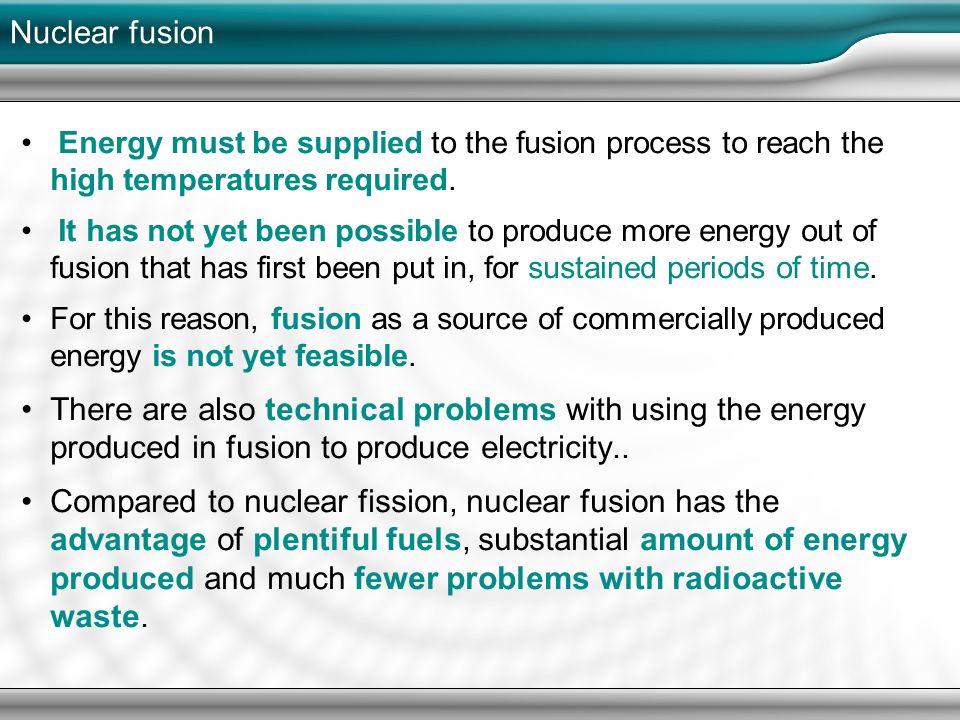
A similar chemical condition occurs when we combine ordinary hydrogen with oxygen and heat these two combined gases to a temperature of several thousand degrees. Under these conditions hydrogen and oxygen will burn or chemically unite, producing the by-product of common water, H2O. However, this chemical process is just as tricky as it is in the case of a sustained hydrogen burning process
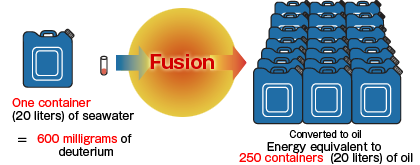 One more point in favor of obtaining power from nuclear fusion or hydrogen, is the source of supply. In the case of fissionable materials — uranium, radium, thorium, etc. — this supply is very limited and would be exhausted within the next few years if it were used to meet even existing power demands. The amount of available hydrogen is practically unlimited. Heavy water, or hydrogen, too, can feasibly be extracted from ocean water.
One more point in favor of obtaining power from nuclear fusion or hydrogen, is the source of supply. In the case of fissionable materials — uranium, radium, thorium, etc. — this supply is very limited and would be exhausted within the next few years if it were used to meet even existing power demands. The amount of available hydrogen is practically unlimited. Heavy water, or hydrogen, too, can feasibly be extracted from ocean water.
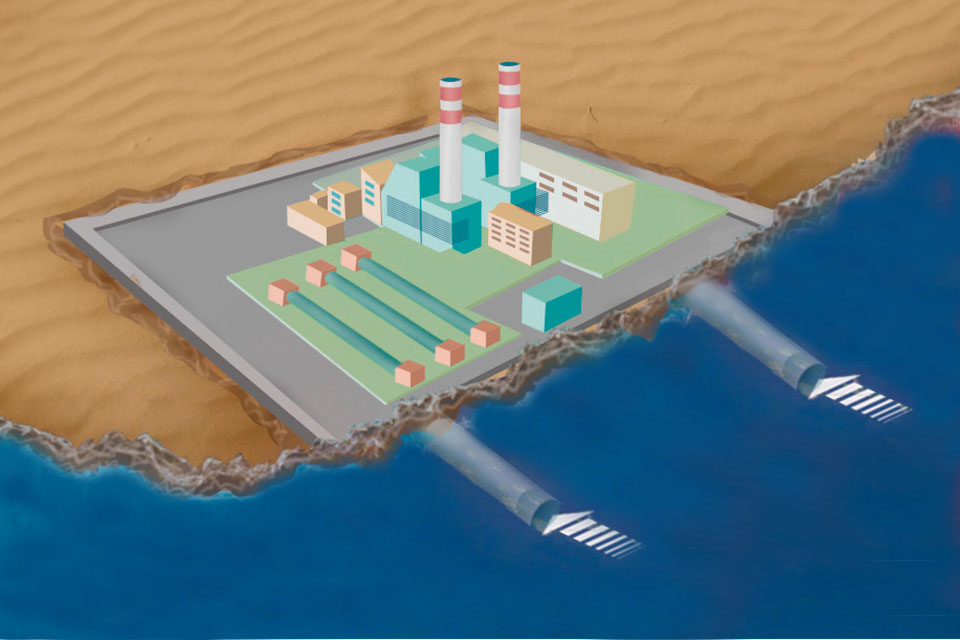 It is estimated that the available amount of heavy water which could be extracted from the ocean, would meet all power needs upon the earth for the next ten thousand billion years, or the present estimated age of the universe. There are, however, other problems confronting the physicist in the production of cheap power by hydrogen fusion. A practical furnace would have to be built from materials which could withstand the extreme temperatures of this sustained condition of over 100 million degrees.
It is estimated that the available amount of heavy water which could be extracted from the ocean, would meet all power needs upon the earth for the next ten thousand billion years, or the present estimated age of the universe. There are, however, other problems confronting the physicist in the production of cheap power by hydrogen fusion. A practical furnace would have to be built from materials which could withstand the extreme temperatures of this sustained condition of over 100 million degrees.
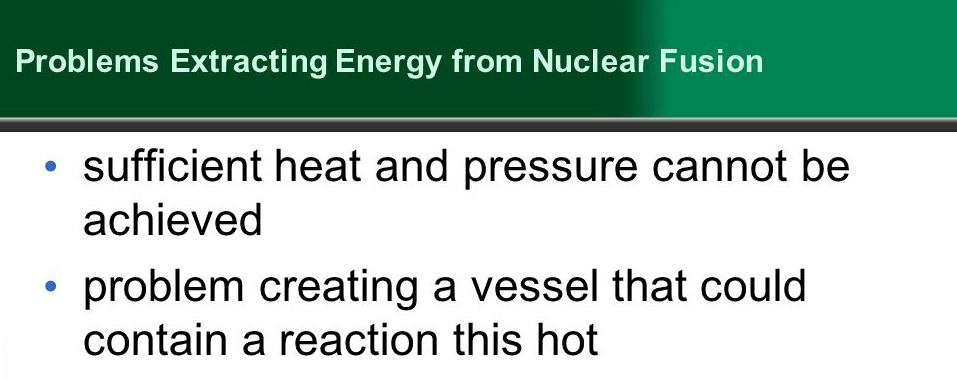 This is far beyond the melting point of any known elements and any furnace built from existing materials would vanish in a puff of smoke, long before it was hot enough to sustain hydrogen fusion, for the walls of the furnace must be at least 100 million degrees, otherwise the hydrogen would be cooled and fusion could not occur.
This is far beyond the melting point of any known elements and any furnace built from existing materials would vanish in a puff of smoke, long before it was hot enough to sustain hydrogen fusion, for the walls of the furnace must be at least 100 million degrees, otherwise the hydrogen would be cooled and fusion could not occur.
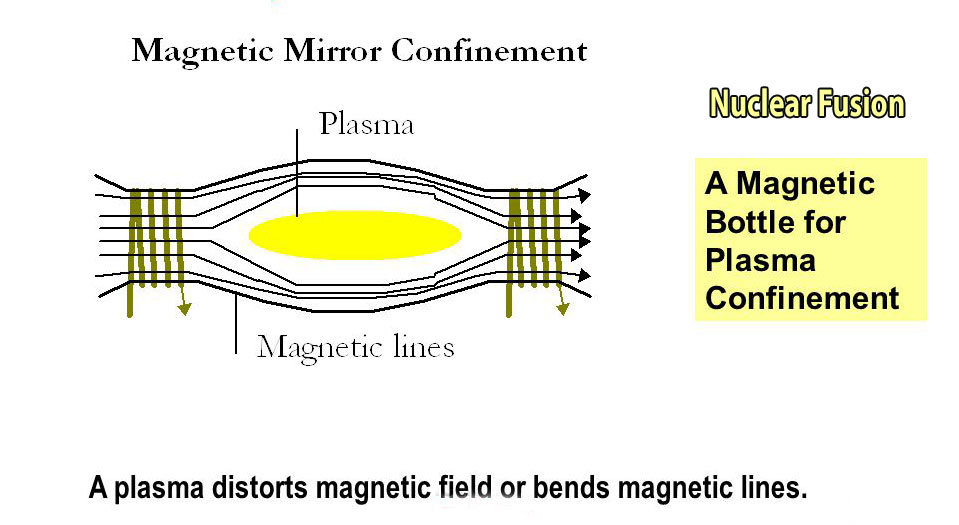 One of the possible solutions which our present-day scientists hope will be the answer to this problem is that project known as the “magnetic bottle.” In other words, he hopes to create a hydrogen furnace by lining it with a layer of strong magnetic energy. However, as of this time, he has not succeeded in creating a sufficiently dense magnetic field which would effectively prevent the hydrogen atoms from escaping between the magnetic lines of force. As one scientist put it, “It is like trying to hold a gob of warm jelly in a vessel made of rubber bands.”
One of the possible solutions which our present-day scientists hope will be the answer to this problem is that project known as the “magnetic bottle.” In other words, he hopes to create a hydrogen furnace by lining it with a layer of strong magnetic energy. However, as of this time, he has not succeeded in creating a sufficiently dense magnetic field which would effectively prevent the hydrogen atoms from escaping between the magnetic lines of force. As one scientist put it, “It is like trying to hold a gob of warm jelly in a vessel made of rubber bands.”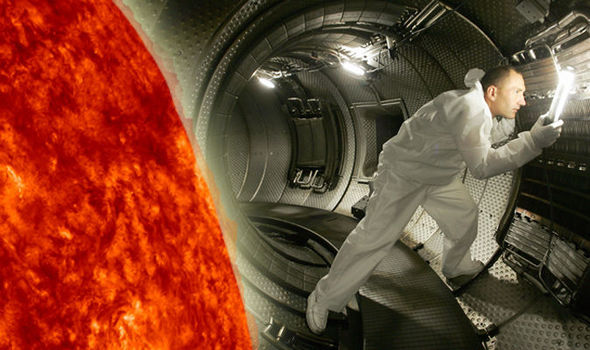
Now, it is quite evident that the dream of cheap atomic power is far from becoming a reality, and it will take at least several years more before the scientist can definitely state, “yes,” or “no” to this problem; and after this time he is still confronted with years of research, building and rebuilding, trial and error, before he is even close to the solution of cheap atomic power. It is wonderful to say that there are several thousand million horsepower in a glassful of heavy water, but science is still far from realizing this potential.
Meanwhile the scientists are probing into other ways and means of obtaining this cheap power. The most popular 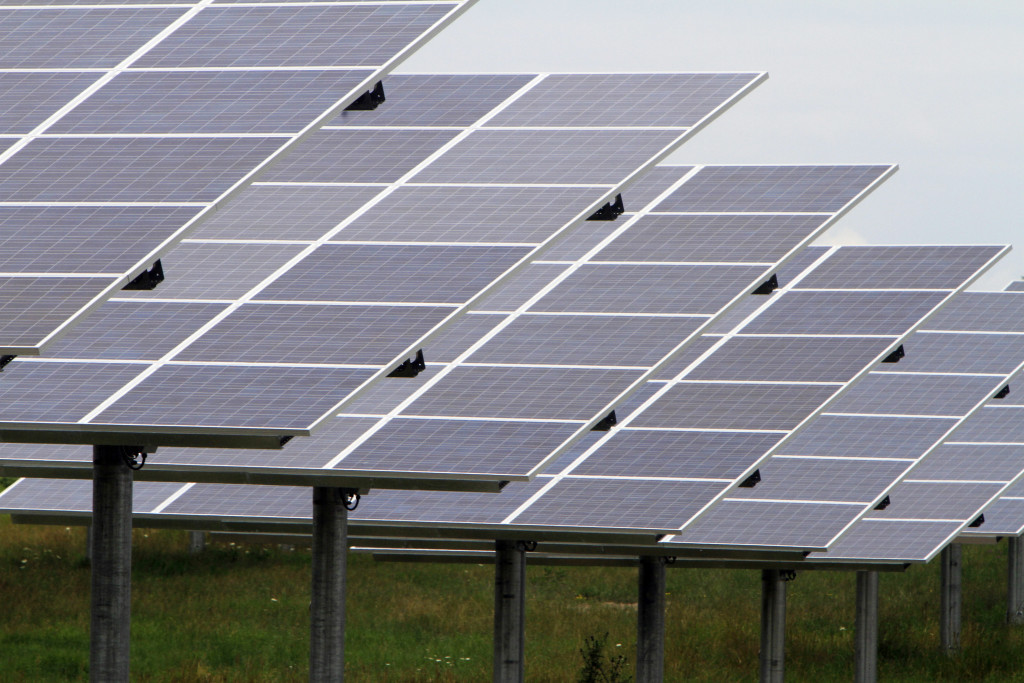 way would be to obtain energy from an already existing hydrogen furnace — the sun. However, vast as this sun power is, it would still take a tremendous outlay of money to relieve even one small fraction of our present needs; using present-day solar cells we would have to cover the states of Utah, Arizona, Mexico and Colorado, completely with these solar cells and at present prices, this would cost in excess of two hundred thousand billion dollars—in effect, more money than that presently possessed by this country in Fort Knox.
way would be to obtain energy from an already existing hydrogen furnace — the sun. However, vast as this sun power is, it would still take a tremendous outlay of money to relieve even one small fraction of our present needs; using present-day solar cells we would have to cover the states of Utah, Arizona, Mexico and Colorado, completely with these solar cells and at present prices, this would cost in excess of two hundred thousand billion dollars—in effect, more money than that presently possessed by this country in Fort Knox.
 Solar furnaces which concentrate the the sun’s energies, are also not feasible, for the same basic reason of cost. It is much more expensive to produce a kilowatt of energy from a solar furnace than it is from a group of solar cells.
Solar furnaces which concentrate the the sun’s energies, are also not feasible, for the same basic reason of cost. It is much more expensive to produce a kilowatt of energy from a solar furnace than it is from a group of solar cells.
In summing up this entire discussion, we can say liberally that science has provided many new and wonderful things for us to use in the everyday world; but the fancied Utopian dreams of an ‘atomic age,’ still vanish in the lack of present-day knowledge of HOW to make these dreams come true.
Excerpt from Infinite Contact
Posted in Book Excerpts, Infinite Contactwith comments disabled.




